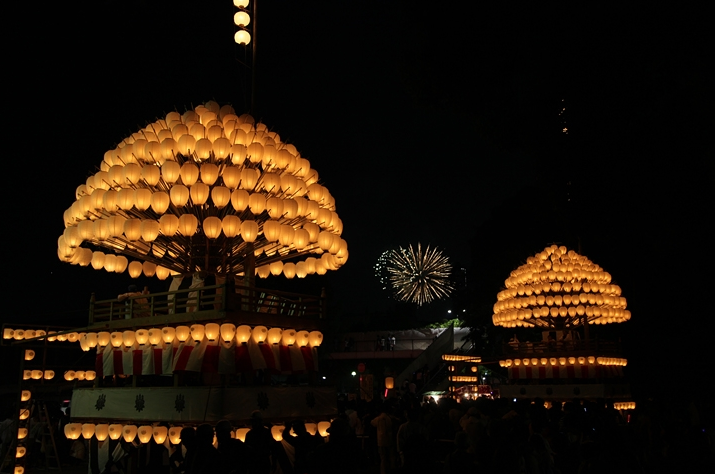Himi City: Home of Fujiko Fujio A, Famous for Seafood and Hot Springs
Himi City, located in the western part of Toyama Prefecture, is the hometown of Fujiko Fujio A. The JR Himi Line and Johana Line feature the “Hattori-kun Train,” where even the onboard announcements are made by Hattori-kun.
Additionally, if you visit the Manga Road, you will be greeted by monuments of characters created by Fujiko Fujio A.
In “Himi Banyagai,” a street lined with restaurants, you can enjoy fresh seafood directly from Himi’s fishing port at conveyor belt sushi restaurants, and also savor Himi Udon at various eateries.
Himi’s specialty, “Kanburi” (winter yellowtail), is especially recommended. It is known for its excellent fatty flavor and firm texture. It is definitely a must-try when visiting Himi City.
After enjoying sightseeing and dining, it’s also a good idea to relax in the hot springs of Himi Onsenkyo to relieve your body’s fatigue. Taking a dip in the outdoor bath while gazing at the sea can rejuvenate both your body and mind.

Quoted from http://fujikoworld.com/road/spot06/.
Visiting the Gongon Festival
Location: Jōnichiji Temple
Date: April 17th and 18th every year
Access:
- Approximately 5 minutes by car from Himi IC on the Noetsu Expressway
- 15 minutes on foot from JR Himi Line Himi Station
http://johana-himisen.com/himi/3_5_002.html (Johana Line and Himi Line Tourist Guide)
The “Gongon Festival” is the annual festival of the Asahi Kannon at Asahihonmachi’s Jōnichiji Temple. In the past, it was a major festival for the entire town of Himishō. According to legend, in the third year of Kanbun (1663), the Himi region was struck by a severe drought.
At that time, monks and farmers performed a rain prayer ritual, which was successful, leading the farmers to celebrate joyously by ringing the bell at Jōnichiji Temple. This celebration is said to be the origin of the festival.
Since then, the festival has been held as a gratitude and exorcism ritual, where young men, proud of their strength, repeatedly strike a large temple bell with a long pine log. The festival was named “Gongon Festival” from the sound of the bell being struck. On this day, around 200 night stalls line the streets.
The Gongon Bell Striking Contest Concludes the Festival
The main highlight of the festival is the “Gongon Bell Striking Contest,” held at the end of the event.
In this contest, participants compete by striking the bell with a 50 kg pine log as many times as they can in one minute. There are categories for general participants, women, and children, attracting many participants from outside the prefecture. Women and children use a 20 kg log, and if they can strike the bell five times, they receive a participation prize.
The top three contestants receive additional prizes, and many strong individuals from within and outside the prefecture gather for this annual event.
For detailed videos, click here
If you have confidence in your strength, this is the event for you!
This is a unique festival that is a bit different from others, and anyone can participate. If you are confident in your physical strength and think you are up to the challenge, please come and join us.
Featured image quoted from “Zenkoku Mirunavi“
(Edited by 日光)






















